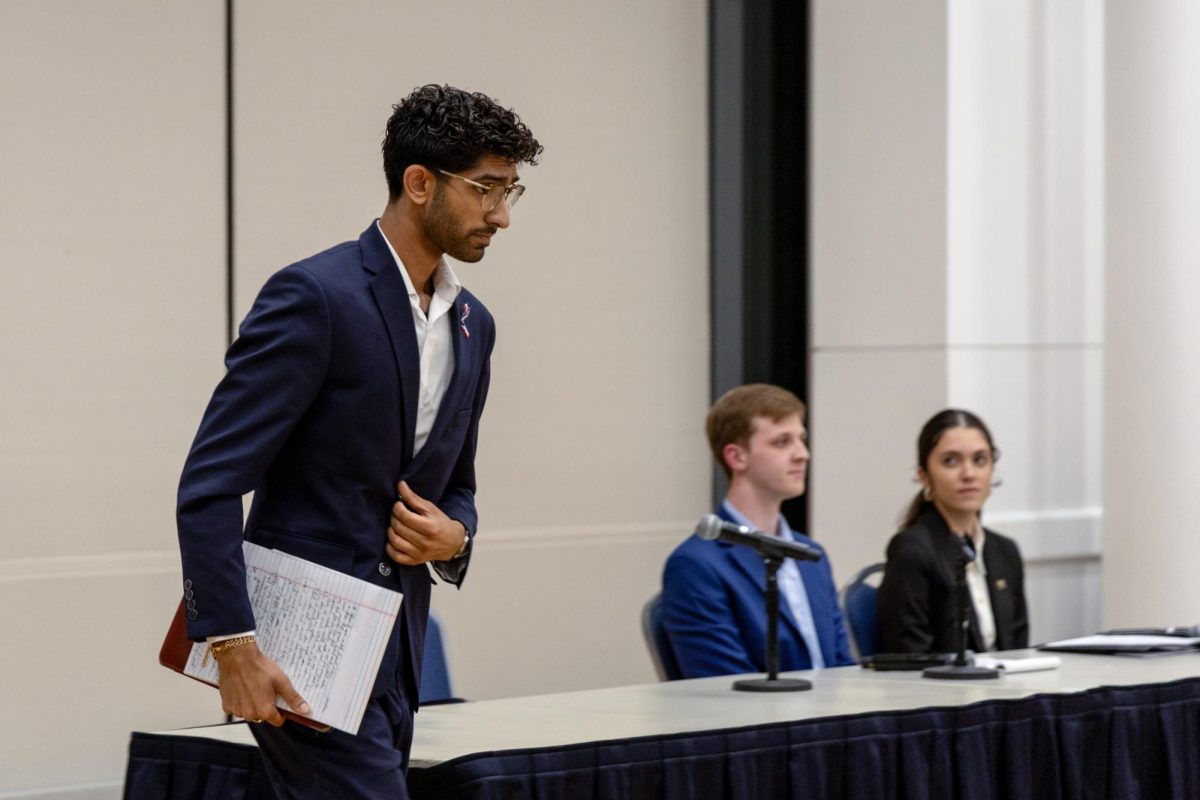Alex Most traded the streets of Foggy Bottom for the hills of Medford, Mass. when the sophomore political science major transferred from GW to Tufts University last year in search of a school away from the city.
“Given the chance to transfer again, I’d take it every time,” he said, joining a growing number of students nationally who pack their bags and switch schools.
Student mobility between universities is higher than ever, according to a study by the National Student Clearinghouse Research Center, which reported last week that one-third of college students nationwide have transferred over the last five years.
Researchers followed the transfer rates of 2.8 million students from 2006 to 2011 amid the financial crisis, rising student debt, the emergence of for-profit colleges and the growth of community colleges. The study highlighted a need for universities to better monitor and react to the flow of students across higher education.
To make students who transfer to GW feel at home, Associate Dean of Students Tim Miller said he plans to add a staffer to the Center for Student Engagement in the fall to oversee assimilation. Though details have not been worked out, the office plans to also increase funding and resources for transfer activities, he said.
“I want to do more,” Miller said. “Transferring seems to be more of a norm now. Now transferring has less of a negative connotation.”
The National Student Clearinghouse Center researchers – Don Hossler, Doug Shapiro and Afet Dundary – said in the report that if universities can track the detailed trends that follow transfer students from year-to-year, administrators can put policies in place to make transferring less of a burden for universities and students.
GW does not tally the number of students who transfer out of the University, but the number of students retained between their freshman and sophomore years has jumped in recent years, University spokeswoman Jill Sankey said. More than 94 percent of undergraduates who started at GW in 2010 stayed for their sophomore year, an increase of 3 percentage points since 2007.
The number of students who transferred to GW reached 390 this academic year, the highest in four years, and the University projects that it will bring in 275 transfer students for next academic year, according to a May budget report.
The national trends have not translated at GW because upper-tier schools tend to have lower student mobility, but Provost Steven Lerman said a higher number of transfer students could begin “breaking down on the edges” at universities like GW.
“Some of that is healthy. Not everyone knows what they want to do at 17,” Lerman said.
A growing transfer pool could also have implications for the University’s student life, Lerman said.
“The students who do go here for four years do form the core of the most loyal alums,” he said. “They also create the culture more than a transfer student does. A transfer student comes into the culture but doesn’t create the culture the way someone who starts as a freshman does.”
Desiree Jasmabi, a sophomore international affairs major, said her housing assignment on the Mount Vernon Campus made her feel more like a visitor than a student after she transferred from Syracuse University last year. She said there were warning signs at Colonial Inauguration in the fall, which 70 to 100 transfer students attended, along with 300 freshmen and international students.
“We were mixed in with freshmen for CI,” she said. “I felt like we were mixed up and kind of the leftovers.”
Ahmad Mustafa, the Student Association’s director of transfer students who came to GW from a community college in Missouri, said the transfer students he’s met seem happy, but he still believes that “the administration needs to address transfers more uniquely and adequately.”
“The one overarching theme about transfer students is that they’re so diverse,” Mustafa said.






